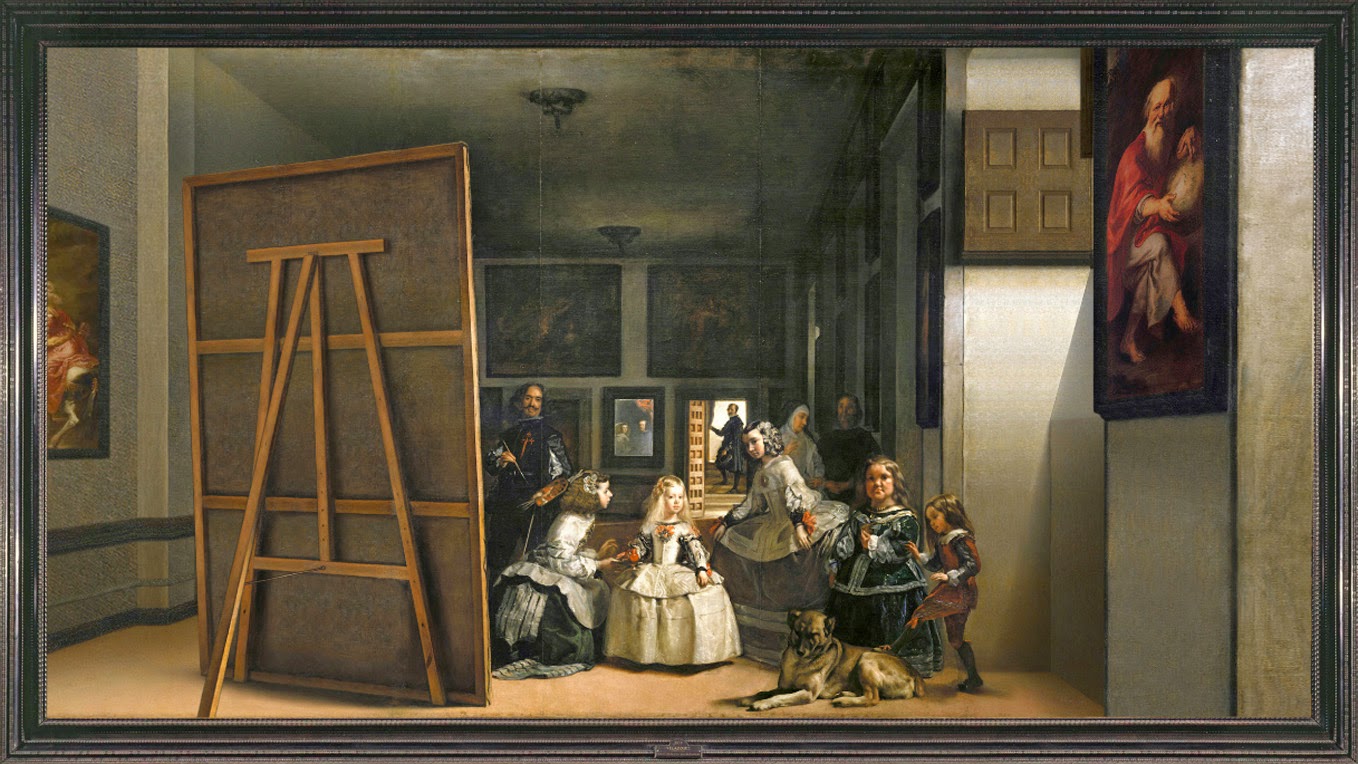
Do not hesitage to give us a call. We are an expert team and we are happy to talk to you.
info@candletours.es
The “Triángulo del Arte” (Triangle of Art) in Madrid refers to the renowned cultural area encompassing three of the most prestigious art museums in the Spanish capital: the Museo del Prado, the Museo Nacional Centro de Arte Reina Sofía, and the Museo Thyssen-Bornemisza. This area has become one of the most important and visited cultural hubs in Madrid, and arguably in Europe, due to the incredible wealth of artistic masterpieces it houses. These three museums represent a comprehensive journey through the history of Western art, spanning from the Middle Ages to the modern and contemporary eras.
The Museo del Prado is arguably the cornerstone of the “Triángulo del Arte” and one of the finest art museums in the world. Opened in 1819 by King Ferdinand VII, it was originally conceived as a royal collection and has since grown into one of the most visited museums globally.
The museum’s collection spans from the 12th to the early 20th century, with an exceptional concentration of Spanish art from the Renaissance to the Romantic period. The Prado Museum is home to works by the Spanish Golden Age masters, including Diego Velázquez, Francisco Goya, El Greco, and Jusepe de Ribera. Velázquez’s Las Meninas is perhaps the museum’s most iconic painting and a critical masterpiece in the history of art. Goya’s series of works, such as The Third of May 1808 and his haunting Black Paintings, also stand out for their emotional depth and innovative approaches to light and shadow.
However, the Prado also boasts works from artists outside of Spain. Peter Paul Rubens, Titian, and Hieronymus Bosch are just a few of the European masters whose pieces are prominently displayed. The museum’s vast collection exceeds 8,000 paintings, though a large portion of the collection remains in storage or on rotation, allowing for a constantly evolving presentation of works.
In addition to the paintings, the Prado also features sculptures, decorative arts, and a collection of prints and drawings, providing an in-depth look at the art of the Western world.
The Museo Nacional Centro de Arte Reina Sofía, named after Queen Sofia of Spain, is dedicated to modern and contemporary art, and it plays a crucial role in balancing the classical offerings of the Prado with 20th-century innovations. Officially inaugurated in 1992, the Reina Sofía is housed in a former hospital building known as the Hospital de San Carlos, with a striking contrast of modern and historical architectural styles.
One of the most famous works housed in the Reina Sofía Museum is Pablo Picasso’s monumental Guernica, which stands as a poignant condemnation of the Spanish Civil War and a powerful symbol of the horrors of war in general. This large mural-sized painting is a highlight not only of the museum but also of modern art globally.
The museum focuses heavily on Spanish art from the late 19th and early 20th centuries, particularly on movements such as Surrealism, Cubism, and Abstractionism. As a result, the Reina Sofía holds works by iconic artists like Salvador Dalí, Joan Miró, Juan Gris, Mariano Fortuny, and Manuel Rivera.
The Reina Sofía Museum also features an extensive collection of contemporary art from the mid-20th century onward, with pieces by Jasper Johns, Mark Rothko, Robert Rauschenberg, and other major figures in post-war art. The museum regularly hosts temporary exhibitions, and it has become one of the most important institutions in the promotion of contemporary art, both Spanish and international.
The Reina Sofía is not only a museum but also a research center for modern and contemporary art, contributing to the cultural dialogue about art movements, their history, and their social implications.
The Museo Thyssen-Bornemisza offers a different yet complementary perspective to the art history displayed in the Prado and Reina Sofía. It is renowned for its impressive collection of European and American art, spanning from the 13th century to the 20th century. The museum was originally the private collection of the Thyssen-Bornemisza family, and it was opened to the public in 1992 when the Spanish government acquired the collection.
The collection at the Thyssen-Bornemisza is unique in its diversity, offering a rich cross-section of different styles and periods. Visitors can explore works from the Renaissance, Baroque, and Rococo periods, through to the Impressionists, Expressionists, and Modernists. Notable works in the museum include Rembrandt’s Self-Portrait, Van Gogh’s Poppy Flowers, Monet’s Water Lilies, and Edward Hopper’s Hotel Room. The collection also includes American Art, with works by Andy Warhol, Jackson Pollock, and Roy Lichtenstein.
One of the unique features of the Thyssen-Bornemisza Museum is its ability to display art from a variety of geographical areas, including pieces from Northern European, Italian, and Spanish schools of art, alongside works by French, Dutch, German, and British masters. This diversity in its collection makes the Thyssen one of the most comprehensive surveys of European art history, and the museum’s interior architecture itself serves as a testament to its varied collection, with beautifully designed exhibition spaces that accommodate such a wide range of styles.
The Triángulo del Arte provides an exceptional opportunity for visitors to experience art from multiple historical periods, geographical regions, and artistic movements in close proximity. The three museums, though distinct in focus, complement one another beautifully, creating a diverse cultural landscape that spans over 700 years of art history.
Moreover, these institutions are conveniently located near Madrid’s Parque del Retiro, making it easy for visitors to explore them sequentially or at leisure. They also benefit from regular events such as special exhibitions, cultural programs, and educational outreach, making the Triangle of Art an ever-evolving destination for art lovers from all over the world.
In addition to the masterpieces found within the museums, visitors can also explore the artistic ambiance around the area, including the surrounding public spaces and galleries that dot the Barrio de las Letras, a historic neighborhood rich in literary and artistic history.
Overall, the Triángulo del Arte is an unmissable destination for anyone with an interest in art, offering an unrivaled experience of Spain’s and Europe’s artistic heritage. From classical masterpieces to cutting-edge modern works, it represents the full spectrum of human creativity across centuries.
Plaza de Oriente. Puerta de la explanada de la Almudena, esquina calle Bailén.
30 Minutes Before Event Time
